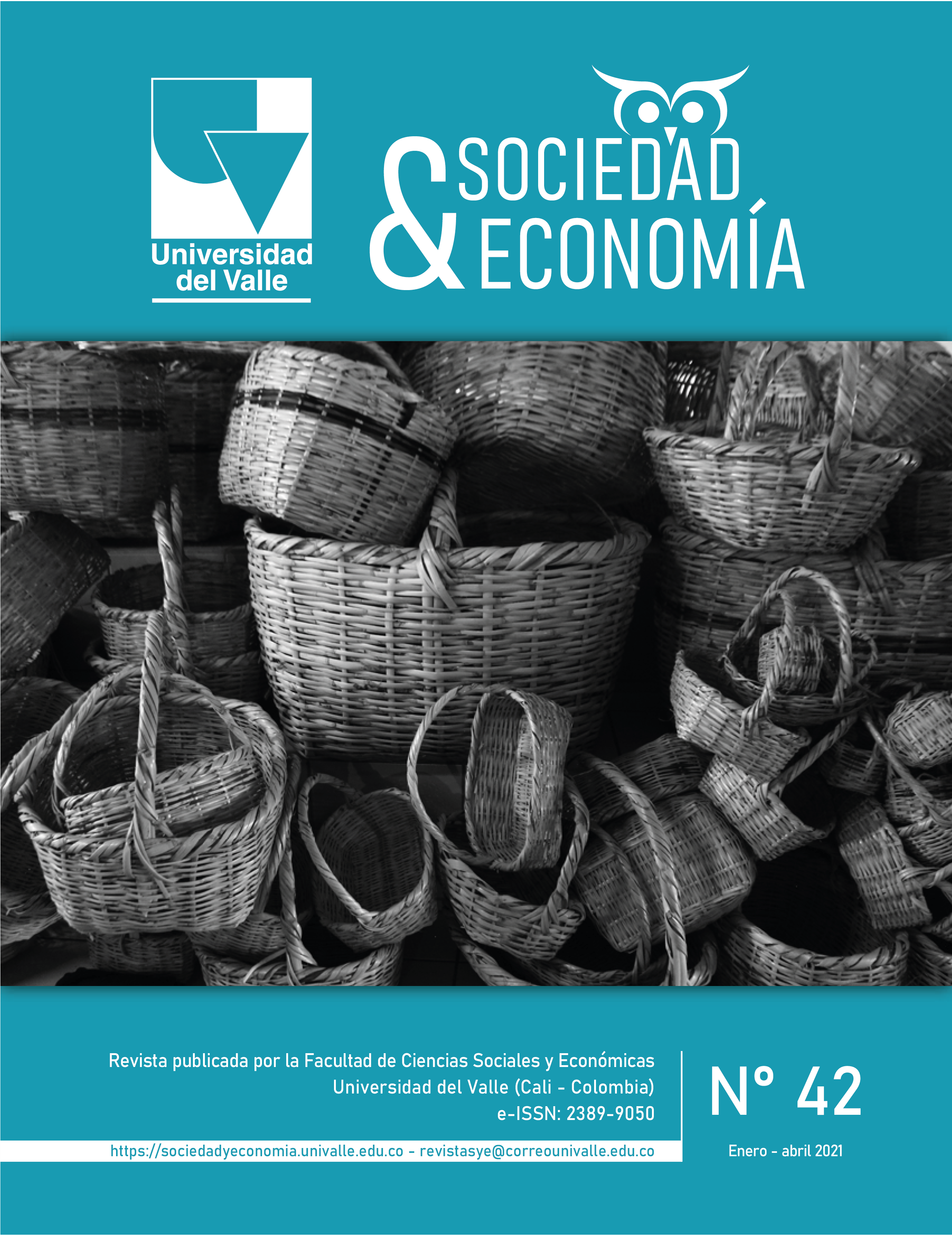Violent Affinities: The Evolution of the Norte del Valle Drug Trafficking Network
Keywords:
organized violence, social networks, drug cartels, homicidesMain Article Content
This article recounts and explains the rise and fall of the Norte del Valle drug trafficking network during 1994-2011. It contends that centrifugal forces inherent in the volatile nature of drug trafficking groups, an affinity towards violence that united its leaders, the war against drugs, and information clashes created by the new negotiating strategy with the U.S. Justice Department led to its self-destruction and the fracturing of its structure. This article suggests that the best strategies for removing the key player function for a specific network but are not effective whatsoever for mutant networks that emerge from the remains of destroyed networks.
Ballester, C., Calvó-Armengol, A. y Zenou, Y. (2006). Who ́s who in networks. Wanted: the key player. Econometrica, 74(5), 1400-1417. https://doi.org/10.1111/j.1468-0262.2006.00709.x
Betancourt, D. (1998). Mediadores, rebuscadores, traquetos y narcos: las organizaciones mafiosas del Valle del Cauca entre la historia, la memoria y el relato 1890 - 1997. Editorial Antropos.
Borgatti, S. y Everett, M. (2006). A graph-theoretic framework for classifying centrality measures. Social networks, 28(4), 466-484. https://doi.org/10.1016/j.socnet.2005.11.005
Brandes, U., Lerner, J. y Snijders, T. (2009, 20-22 de julio). Networks Evolving Step by Step: Statistical Analysis of Dyadic Event Data (ponencia). 2009 International Conference on Advances in Social Network Analysis and Mining, Atenas, Grecia. https://doi.org/10.1109/ASONAM.2009.28
Calvó-Armengol, A. y Moreno-de-Barreda, I. (2005). Optimal Targets in Small and Large Networks, Using Game Theory (Working Papers no 176). Barcelona Graduate School of Economics.
Castro, G. (2012). Operación Pablo Escobar. Planeta.
Cazabet, R. (2013). Détection de communautés dynamiques dans des réseaux temporels. Université Paul Sabatier - Toulouse III.
Clastres, P. (1994). Archeology of Violence. Columbia University.
Garay, L. J. y Salcedo, E. (2012). Narcotráfico, corrupción y estados. Debate.
Gavrilets, S., Duenez-Guzman, E. y Vose, M. (2008). Dynamics of alliance formation and the egalitarian revolution. PLoS ONE, 3(10), e3293. https://doi.org/10.1371/journal.pone.0003293
Gould, R. V. (2003). Collision of Wills. Chicago University Press.
Han, B. C. (2016). Topología de la violencia. Herder.
Kossinets, G. y Watts, D. (2006). Empirical Analysis of an Evolving Social Network. Science, 311(5757), 88-90. https://doi.org/10.1126/science.1116869
López, A. (2008). El cartel de los sapos. Planeta.
López, A. (2010). El cartel de los sapos II. Aguilar.
Mastrobuoni, G. y Patacchini, E. (2010). Understanding Organized Crime Networks: Evidence Based on Federal Bureau of Narcotics Secret Files on American Mafia. Carlo Alberto Notebooks, (152), 1-58.
Mesterton, M., Gavrilets, S., Gravner, J. y Akcay, E. (2011). Models of coalition or alliance formation. Journal of Theoretical Biology, 274(1), 187-204. https://doi.org/10.1016/j.jtbi.2010.12.031
Raffo, L. y Segura, J. L. (2015). Las redes del narcotráfico y sus interacciones. Revista de Economía Institucional, 17(32), 183-212.
White, H. (2009). Identity and Control. Princeton University Press.
Downloads

This work is licensed under a Creative Commons Attribution-NonCommercial 4.0 International License.
Revista sociedad y economía editada por la Facultad de Ciencias Sociales y Económicas de la Universidad del Valle se encuentra bajo una Licencia Internacional Creative Commons Atribución - No comercial 4.0
Basada en una obra en http://sociedadyeconomia.univalle.edu.co

